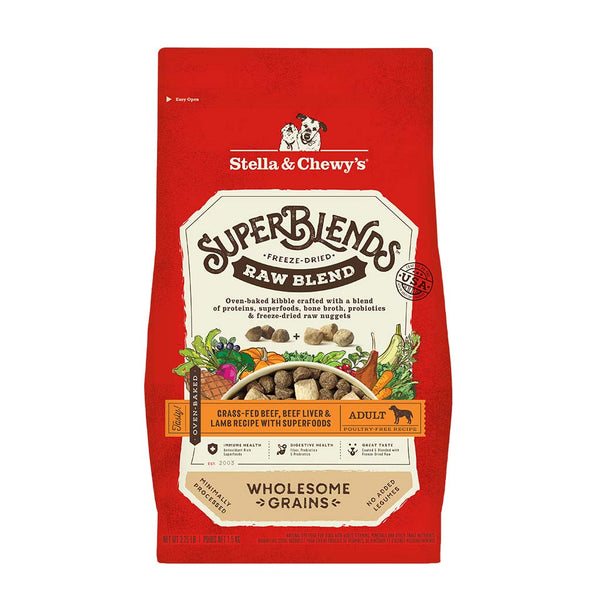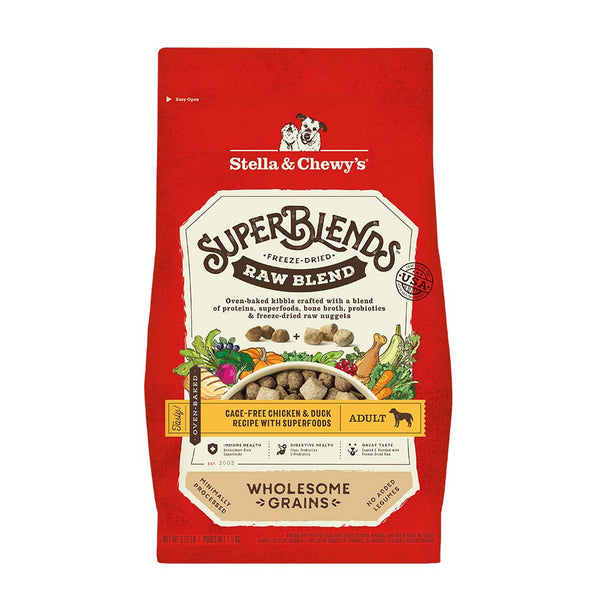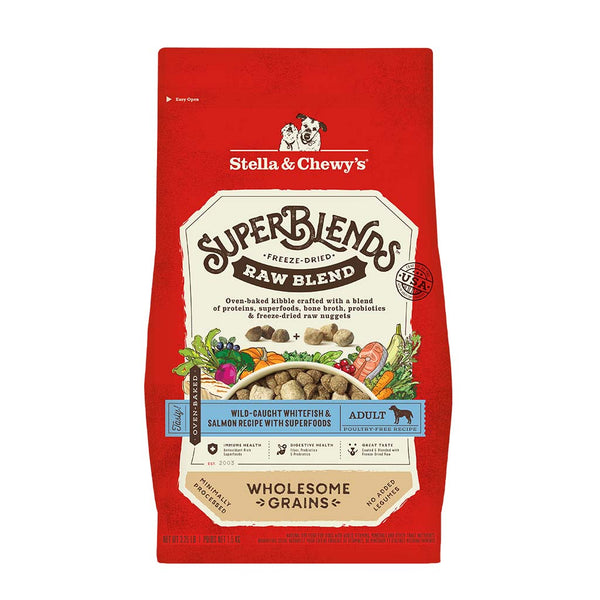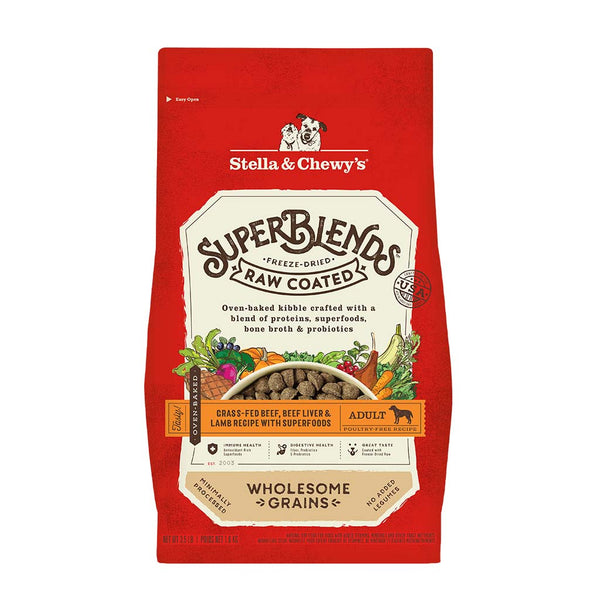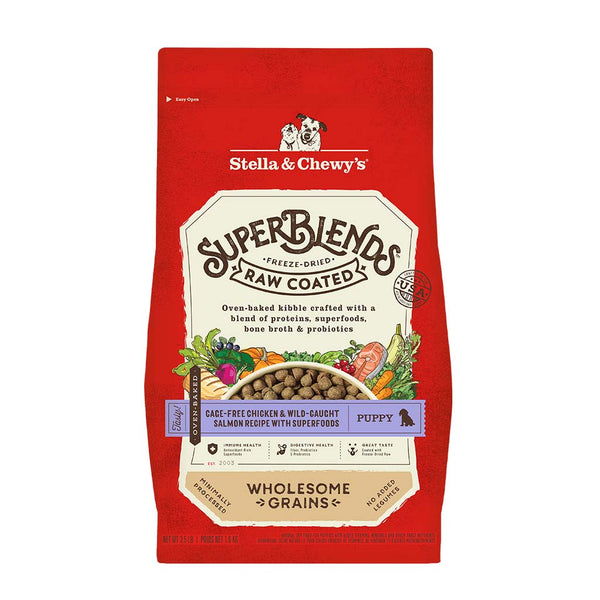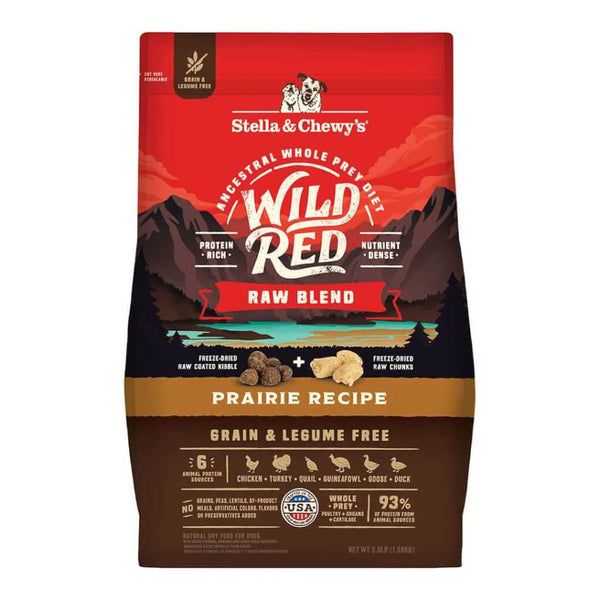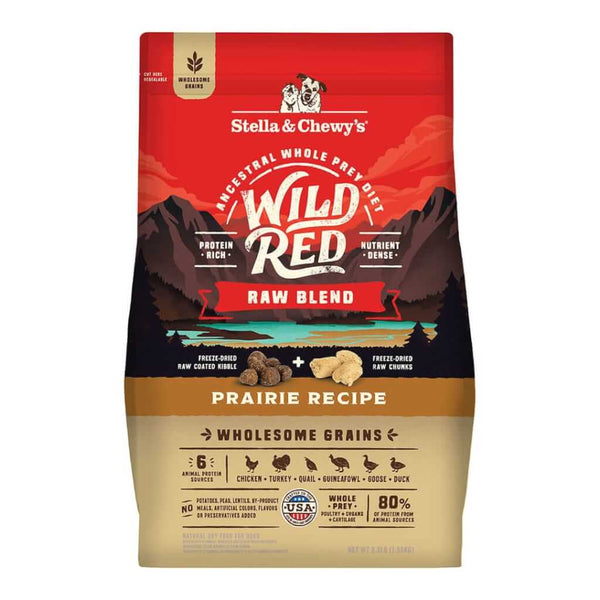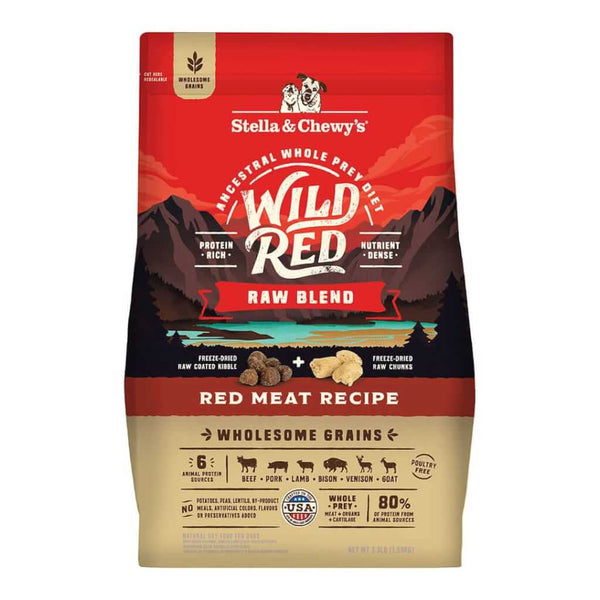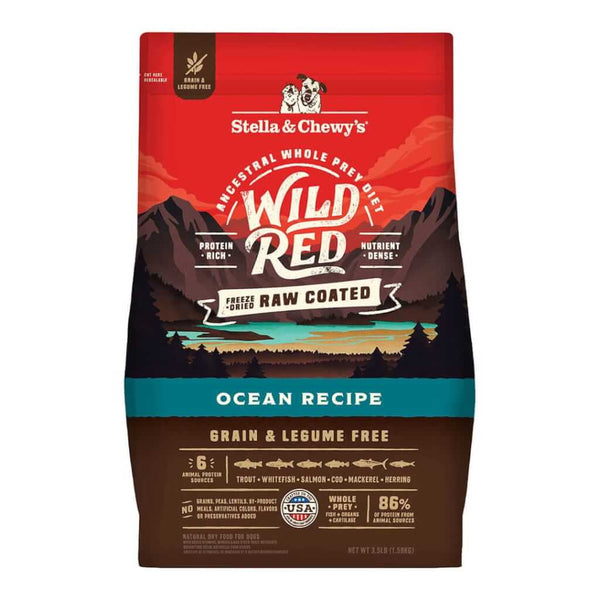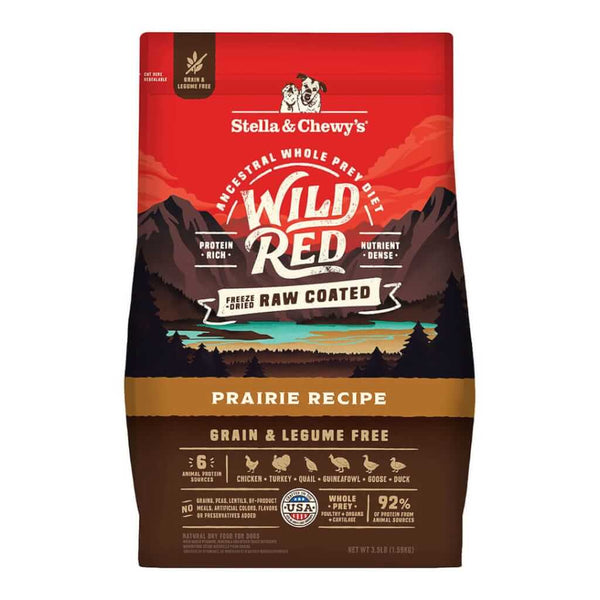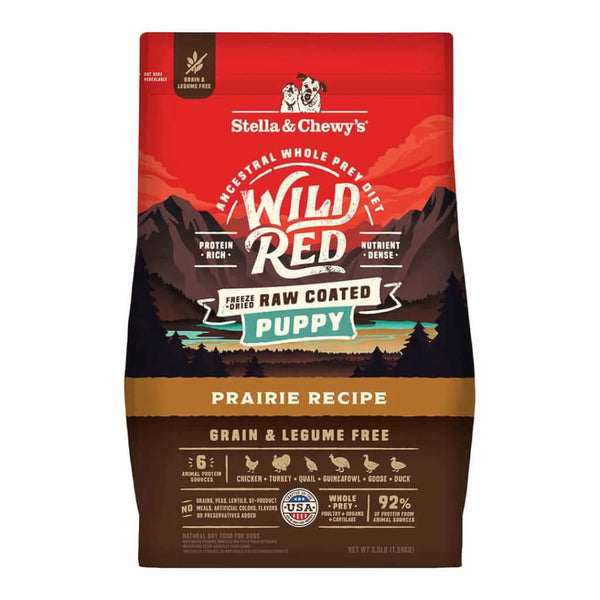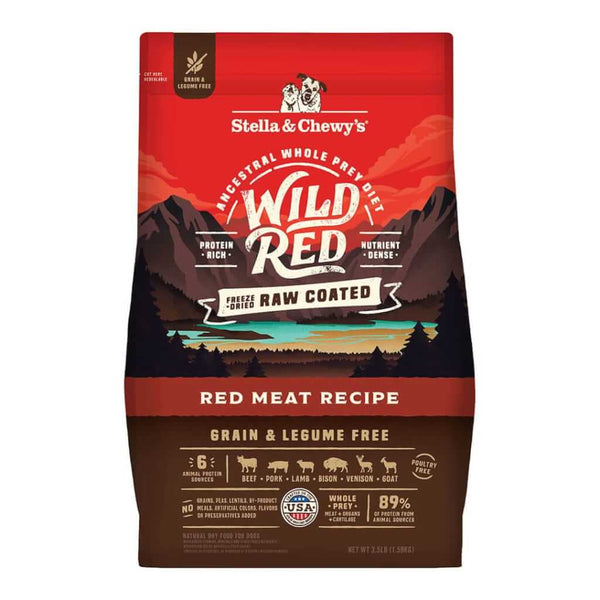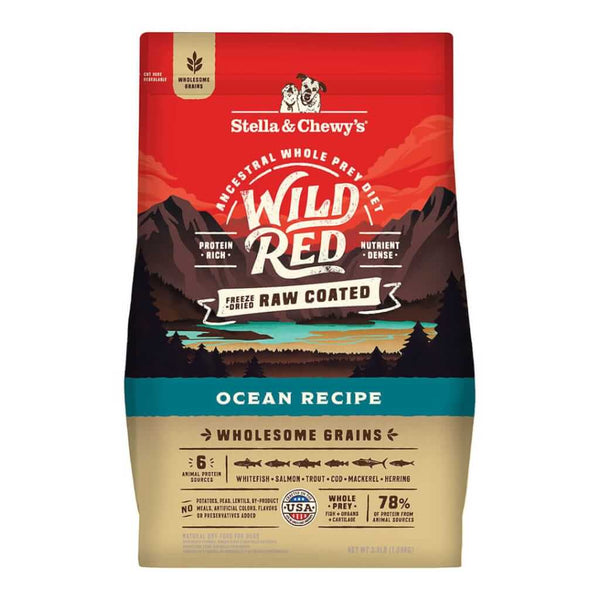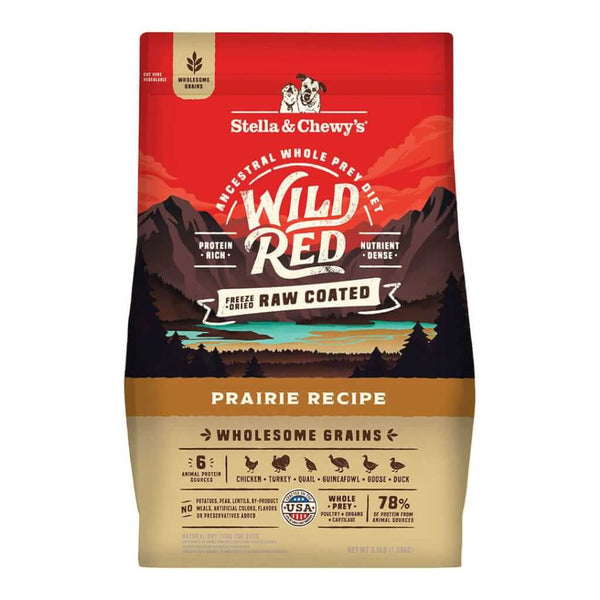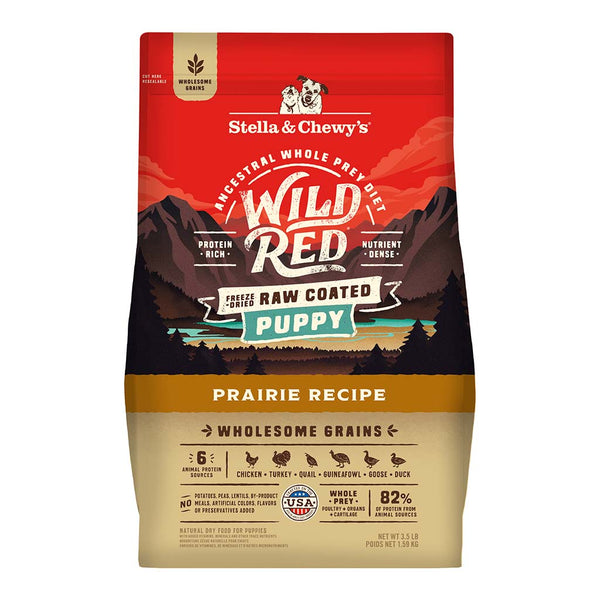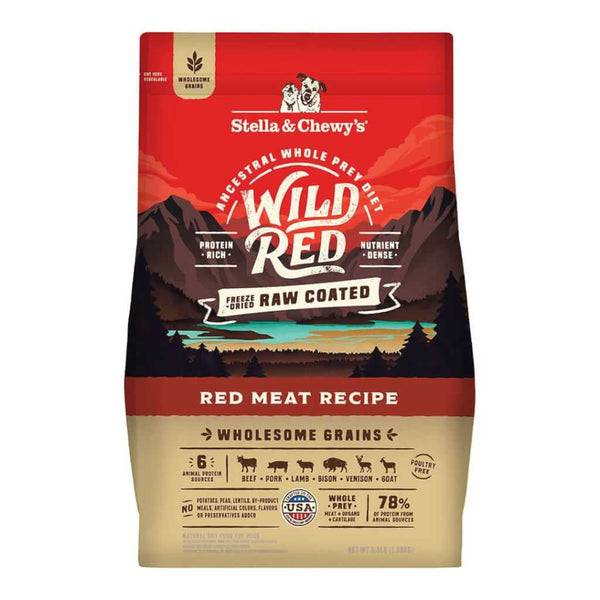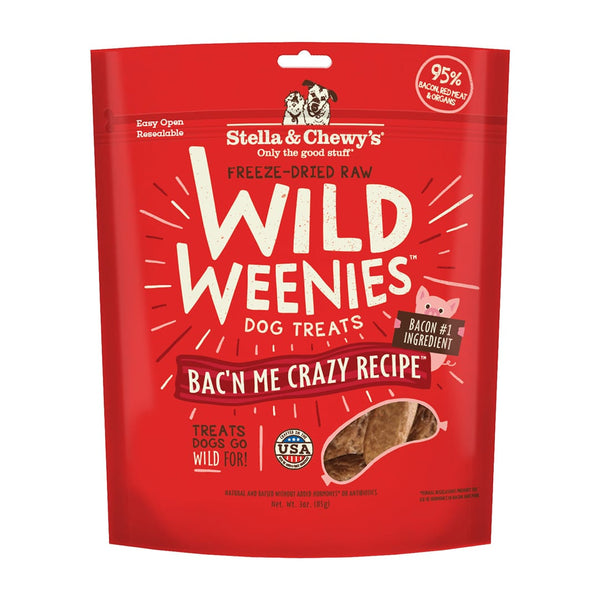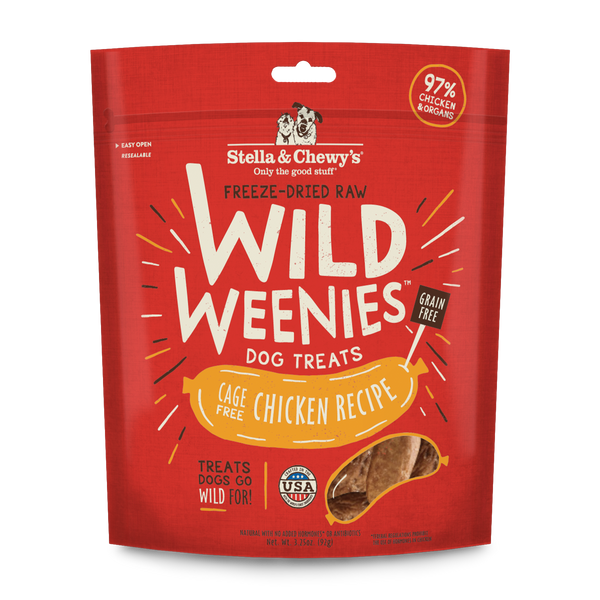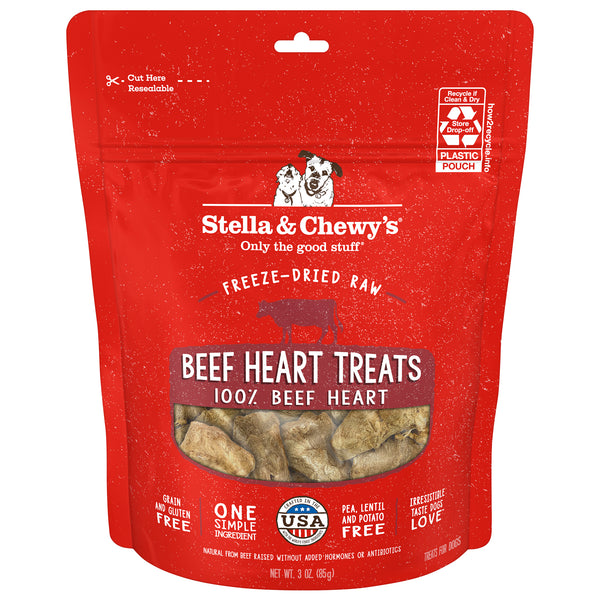Whether you’ve just adopted a new furry member of the family or you are looking to incorporate more premium ingredients into your dog’s diet, there are so many reasons to choose Stella & Chewy’s for your dog. With best-in-class nutrition and a variety of minimally processed, healthy food options, including Freeze-Dried Raw meals, Raw Coated and Baked Kibble, wet dog food, and an amazing variety of meal mixers, toppers, and treats for picky eaters, we’re happy to offer premium food where meat is always the number one ingredient. After all, this company began because of one woman's love for her two dogs, Stella and Chewy, so every product we make is still crafted with pure love for the longevity of our own pets.
The Best Way to Transition Your Dog to a New Food
When it comes to transitioning to any food, a slow transition over 7-10 days is recommended; and it is the same case when transitioning to our food, too. To start, we recommend mixing the new food in with what you’re currently feeding, then slowly building up until the new food is the sole food that you’re feeding. However, if you know that your dog has a sensitive stomach, you can extend the transition over a longer period of time. Every pup is unique, so the transition to a raw diet could go easily or take a bit longer. Even if your dog isn’t eating their current diet, it’s important to start off small with new food and introduce it slowly, as sudden changes to diet can cause digestive upset.

Great! So... How exactly should you do this?
We get it! As with all pet parents, you want to make sure you're going about your dog's food transition in the safest way possible. Here's an easy timeline and ratio guide for what it looks like to transition your dog to a new food over 10 days:
Days 1-3: Feed 25% new food and 75% old food.
For example, if your 15 lb. dog is transitioning from another brand of kibble (with the feeding guideline of one cup per day) to our Freeze-Dried Raw Dinner Patties (with the feeding guideline of 5 patties per day), this would break down to ¾ cups kibble (75%) and 1.25 patties (25%).
Days 4-6: Feed 50% new food and 50% old food.
Following the example above, this would mean 2.5 patties and ½ cup kibble.
*This example is based off of Stella & Chewy's feeding guidelines—of course, the exact amounts will vary based on the weight of your dog.
Days 7-9: Increase to 75% new food and 25% old food.
Day 10: Viola, your dog is fully transitioned to their new food!
There's no need to mix in their old food anymore, unless you still have some left and your dog isn't having any allergies to or digestive upset from it.

Transitioning with the timeline above helps to limit digestive issues that can occur when feeding a new food. It also allows for your dog to become accustomed to the taste and texture of the new food, which will help prevent picky eating. If your dog experiences any digestive issues, you can extend the transition over a longer period of time. Every dog is unique, so the transition to a raw diet could go easily or take a bit longer. However, if you're still having issues, check out our more detailed guide for help on How to Get Your Dog to Eat a New Food.

Frequently Asked Questions About Transitioning Dog Food
1. Do you still need to transition when using Meal Mixers?
When fed as a topper, we do still recommend introducing Stella & Chewy's Meal Mixers to your dog’s diet slowly, working your way up to the feeding guidelines/full serving that’s shared on the back of the packaging. If you will be feeding the Meal Mixer as a complete and balanced meal (all recipes can be fed as complete and balanced meals with the only exception being the Savory Salmon and Cod recipe), it will be necessary to transition slowly using the timeline shared above.
Whenever adding a topper, it’s also important to decrease whatever you are currently feeding in order to not overfeed your dog when adding mixers in with the meal.
2. Is there a different timeline for transitioning my dog to a raw food diet?
Yes, actually! And you can find it here in our blog post specifically about Introducing Your Dog to a Raw Food Diet.
3. I just transitioned my dog to your kibble and have been feeding the Whitefish recipe. I’d like to start feeding the duck recipe. Do I need to transition between recipes?
If your dog is fully transitioned to a food type, it should not be necessary to transition them to a different recipe. That said, if your dog is a bit more sensitive with changes in their diet, you certainly can introduce it more slowly, but it typically isn’t necessary.
4. Should I switch up recipes? If so, how often?
If your dog doesn’t have any food allergies or sensitivities, then switching the proteins/recipes—a practice referred to as "protein rotation" or "rotational feeding"—is a fantastic idea! Protein rotation is recommended by veterinarians such as Dr. Angie Krause for its many benefits, such as helping to prevent intolerances and allergies from developing, decreasing mealtime boredom and picky eating, and increasing the variety of amino acids your dog consumes. We suggest feeding 1 flavor for 2-6 weeks, then switching to a different flavor for 2-6 weeks, etc. No transition is needed between flavors for an average dog thanks to the high quality of Stella & Chewy's ingredients.
5. Are the guidelines different for transitioning my cat to a new food?
Excellent question! Dogs and cats are different in a number of ways, and many of these differences are in their digestive systems. Therefore, the guidelines for transitioning their food are different, too! You can find out more about Transitioning Your Cat to Stella & Chewy's here.
And, of course, there are always more!
Read more about raw diets for dogs and common misconceptions pet parents have in our FAQs, or shop our full catalog to help you decide What's Right for Your Pet.


















